Know all about the number of X-rays, MRI and CT scans you can get done in a lifetime to avoid risks of developing cancer.
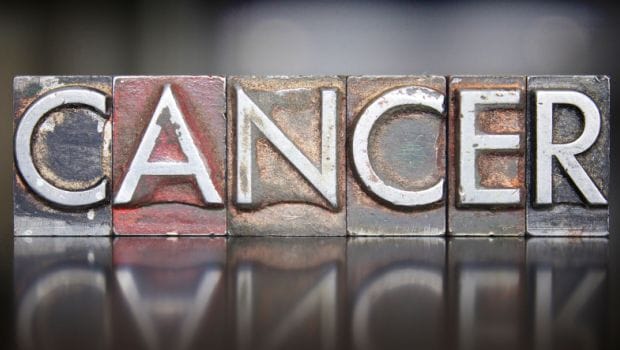
X-rays and CT scans increase your risk of cancer depending on the dosage of radiations
HIGHLIGHTS
- Radiations in MRI scans cause no harm to the body
- Person with family history of cancer have to get mammography regularly
- Get these scans done only when needed
Have you ever wondered how many x-rays and scans are safe in a lifetime? In the world of medicine, science and technology, the most commendable accomplishments are medical imaging. The process of passing rays through the body to get images of the inside of the body has helped doctors diagnose the severity of diseases with the right accuracy. X-rays, magnetic resonance imaging (MRI) and computerised tomography (CT) scans are the most prominent imaging technologies that we have at our disposal. However, the radiations that these imaging technologies pass through our bodies can impact our health in more than one ways.
Maximum radiation risks are posed by CT scans
CT scans are done by an X-ray technique which is aided by the computer. Unlike the images produced by normal X-ray technique, CT scans give cross-sectional images of body parts and organs. Body's exposure to radiations in CT scans is quite harmful.
We ask Dr Gita Prakash about how harmful can these scans be. She says, "We don't advise scans and X-rays too frequently. They are advised only at certain ages. Say for instance 1 X-ray can be done when you go to school, 1 when you reach the age of 15-16, 1 when you start working around ages 23-24, and then normally we say you can get X-rays done in alternative years."
She goes on to inform, "As far as ultrasounds are concerned, there is no problem of radiations and you can get them done every year. Mammograms are done only after the age of 40. Bone density scans are usually done after the age of 40 and are recommended to be done in alternate years depending on the condition of your health. If there is a family history of cancer, then mammogram has to be done every year, as frequently as you can."
Also read: 8 Cancer Symptoms Women Often Ignore
X-rays pose radiation risk
X-rays are passed through the body. X-rays give black and white pictures from inside the body. In order to get good quality image of the tissues, a dye or a contrast medium - made up of iodine or barium - is injected in the body. Since X-rays are passed through the body, they may pose a risk to our health because of exposure to radiation.
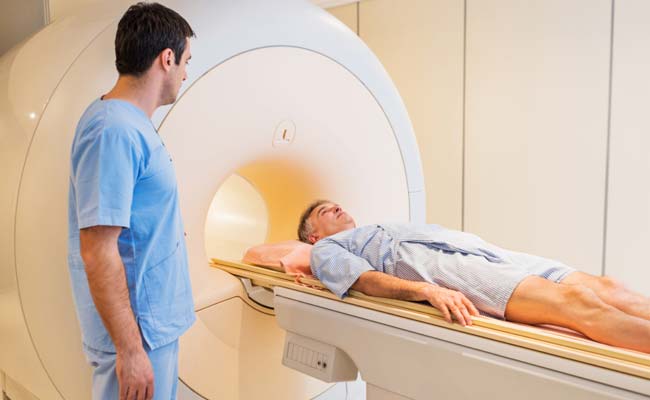 Photo Credit: iStock
Photo Credit: iStock
No radiation risk posed by MRIs
MRI scans work by using a magnetic field and radio waves which help in producing images of the internal structure of the body. The scan is done by creating a temporary magnetic field on a person's body. The magnetic field is created by passing an electric current through coiled wires around the body. The transmitter or receiver sends and receives radio waves. The signals are used to produce scanned images of the body. Since MRI scan involves no radiation, it is a safe and pain-free process to scan any part of the body.
Also read: What does my X-ray report say?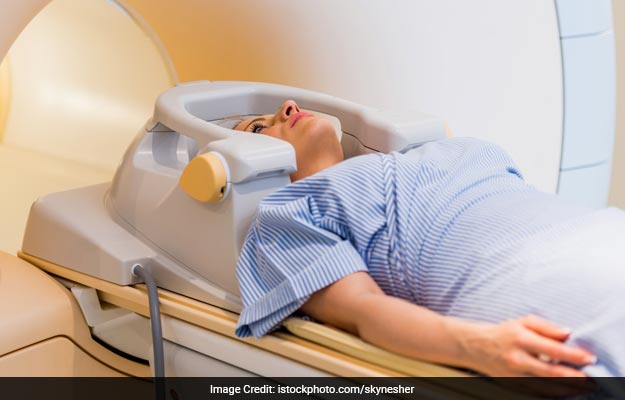
Also read: Why does my breast pain after mammography?
On being asked how much these scans can increase your risk of cancer, she says, "These scans do not increase the risk of cancer. You get them done because you worry about the risk of cancer. You have to be sensible about them and get them done only when needed. But during pregnancy, you have to be careful that you don't get any X-rays done and don't expose the mother to any radiations."
Also read: Top 7 Risk Factors For Pancreatic Cancer You Should Know
Measuring radiation in terms of natural radiation
Low levels of ionising radiations are used to produce images in CT scans and X-rays. Ionising radiation is considered to be more harmful for the body as compared to non-ionising radiations.
The units in which we can measure radiations is known as millisieverts (mSv). Apart from the radiations through these imaging scans, our body is also exposed to radiations in the environment. The body is exposed to around 3.1 msv of radiations through natural resources - states the United States Nuclear Regulatory Committee.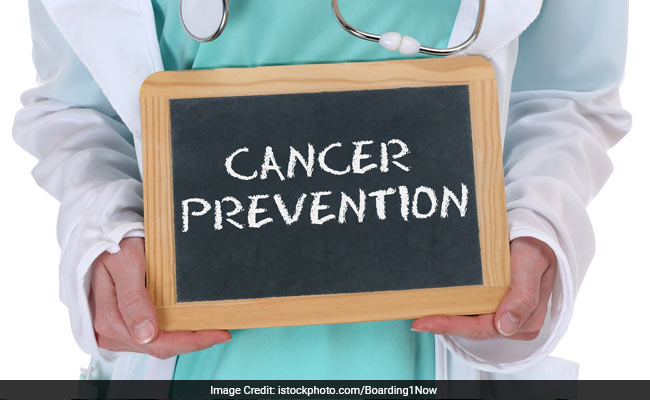
Also read: Am I at a risk of breast cancer?
A singe chest X-rays makes our body exposed to 0.01.4 mSv radiation. This is equivalent to 3 days of radiation form natural resources. An X-ray of the abdomen exposes our body to 0.7 mSv radiation, which is equivalent to 4 months of radiation through natural resources.
A CT scan of the head exposes our body to 2 mSv radiation, which is equivalent to 1 year of exposure through natural resources.
Also read: Here's How You Can Curb Cancer PainMore CT scans can increase your risks of cancer
The safety of scans is determined by examining the dose of radiation as compared to the frequency of the scan. MRIs, as mentioned above, do not pose any risks of radiation.
Radiation exposure in a CT scan depends on the number of scans done, the patient's size, the design of the scanner used, the time or rotation and/or exposure.
Risks of cancer depends on the age and sex of the patient along with the type of scan
Experts say that the likelihood of a patient getting cancer will depend on his/her age sex and the kind of scan. A study says that of the 270 women who underwent CT coronary angiography at the age of 40, 1 can develop cancer from that CT scan. The CT scan will pose cancer risks to 1 in 600 men.
A routine CT scan poses cancer risk to 1 in 8,100 women at the age of 40. A routine CT scan poses cancer risk to 1 in 11,080 men at the same age.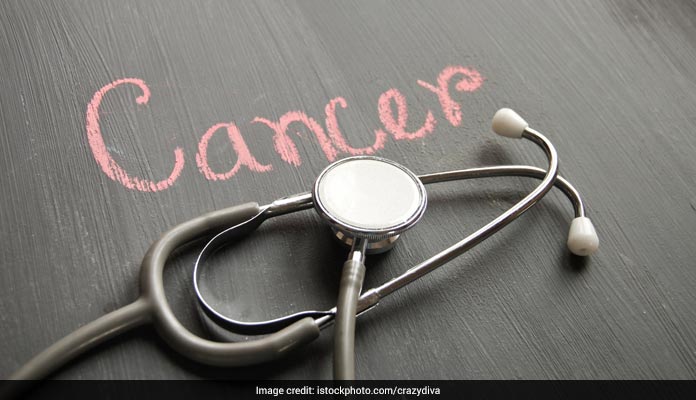
The risks of developing cancer are double in people aged 20 years. For patients aged 60 years, the chances of cancer risks were 50% lesser. The above mentioned numbers were mentioned in study conducted by Smith-Bindman et al.
The safety angle, according to experts, is that the damage done to the body - because of radiations done during a CT scan - is likely to get repaired within 1 year. This is because the radiation dosage is usually below the safe numbers. Nonetheless, it is still important for a person to understand the effects of radiation and take necessary steps to minimise exposure.
(Dr Gita Prakash is a Family Physician at Max Multi Speciality Hospital, Panchsheel Park)
Disclaimer: This content including advice provides generic information only. It is in no way a substitute for qualified medical opinion. Always consult a specialist or your own doctor for more information. NDTV does not claim responsibility for this information.
DoctorNDTV is the one stop site for all your health needs providing the most credible health information, health news and tips with expert advice on healthy living, diet plans, informative videos etc. You can get the most relevant and accurate info you need about health problems like diabetes, cancer, pregnancy, HIV and AIDS, weight loss and many other lifestyle diseases. We have a panel of over 350 experts who help us develop content by giving their valuable inputs and bringing to us the latest in the world of healthcare.














